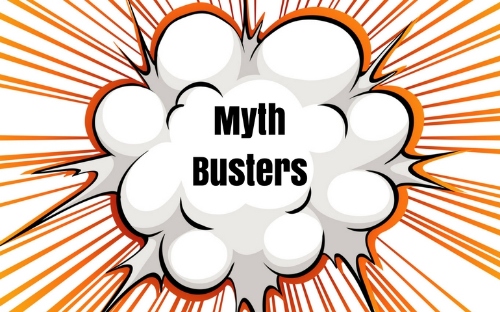3 Surefire Methods that Make for a Productive Meeting

Methods that Make for a Productive Meeting
Sometimes a business meeting can achieve exactly what it sets out to do: communicate, assess actions, set goals, or otherwise. Other times, meetings can feel like a drain on your time and energy, and only advance your agenda in marginal ways. While productive meetings are an integral form of communication in the professional world, how can you ensure that they are both productive and worthwhile?
The truth is, it takes intentioned planning to make a meeting a success. A well-curated productive meeting makes partners and employees feel unified as a team, excited about what’s to come, and motivated to achieve a collective goal. With that in mind, consider a few approaches below to maximize your next meeting and ensure that all parties involved leave with a renewed sense of direction and inspiration.
- Create a detailed agenda in advance.
Oftentimes productive meetings are scheduled with a loose goal in mind—to hash out the terms of a contract or to strategize a new marketing campaign, for example. To ensure your meeting is productive, time-efficient, and achieves its end, create a detailed agenda in advance. This means breaking down your overarching goal into pieces and outlining what’s required to complete each component.
You might also consider making time blocks for each respective component, so there is a clear structure and hierarchy in place. Not only does this ensure that time is used wisely and evenly, but it also creates order and momentum for the greater task at hand. What’s more, you’ll want to distribute this detailed agenda in advance of your meeting, so that all attendees will be familiar with the format and delineated goals of your gathering. This will set a professional tone, while keeping team members and conversation on task.
- Reserve off-topics ideas and comments for later.
Too many meetings are derailed when an off-topic question or comment is made and hijacks the attentions of attendees. While it’s natural that outlying issues may arise when all team members are gathered, you can ward off distractions by creating a so-called holding area for off-topic talking points. This holding area will serve as the receptacle for any off-topic or lower priority addendum, and you can create a chunk of time towards the end of your meeting to readdress those points separately.
Once you’ve achieved the highest priority goals of your meeting, you can then return to the items in your holding area. Note: be sure to familiarize your staff with this approach so that the expectation is already in place and interruptions won’t distract from your meeting’s true intent.
- Conclude every productive meeting with a brief summary and action items.
The very last thing you should do before concluding your productive meeting is to reemphasize the main takeaways of your gathering and outline a specific list of action items. Again, successful meetings are clear and give attendees a sense of direction. That’s why reiterating action items—or next steps in need of completion—to each respective employee is an essential component of a productive meeting.
Likewise, summarizing main takeaways unifies a team’s understanding of what’s important and why the meeting was called in the first place. Ending on a concrete yet proactive note helps launch team members toward the next event in their day and gives them a sense of confidence as they tackle their duties.
Meetings don’t have to be a formality or a bore. When planned and executed with incisiveness, they can inspire your talent roster and streamline productivity in your office. Especially in the world of real estate, ensuring everyone is on the same page and doing their jobs effectively is key to success and longevity. Put a little planning into your next meeting, and you’ll save yourself valuable time and energy as you move forward




